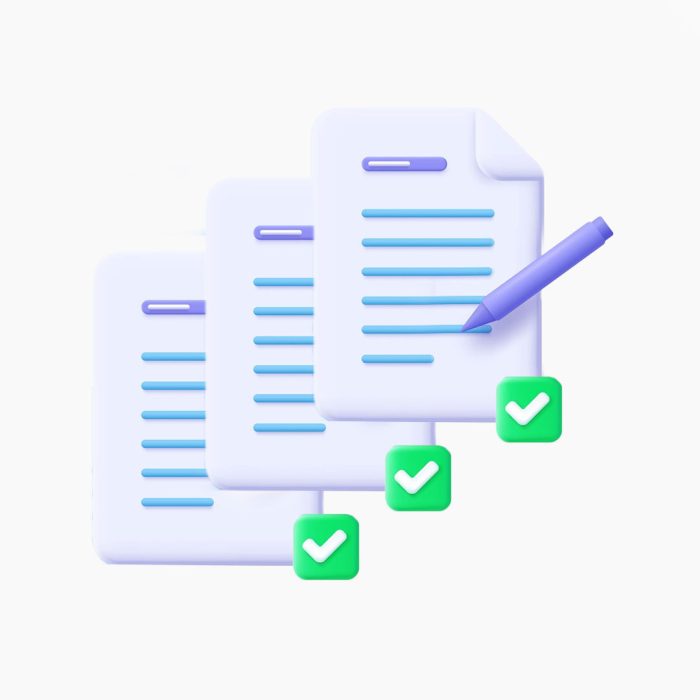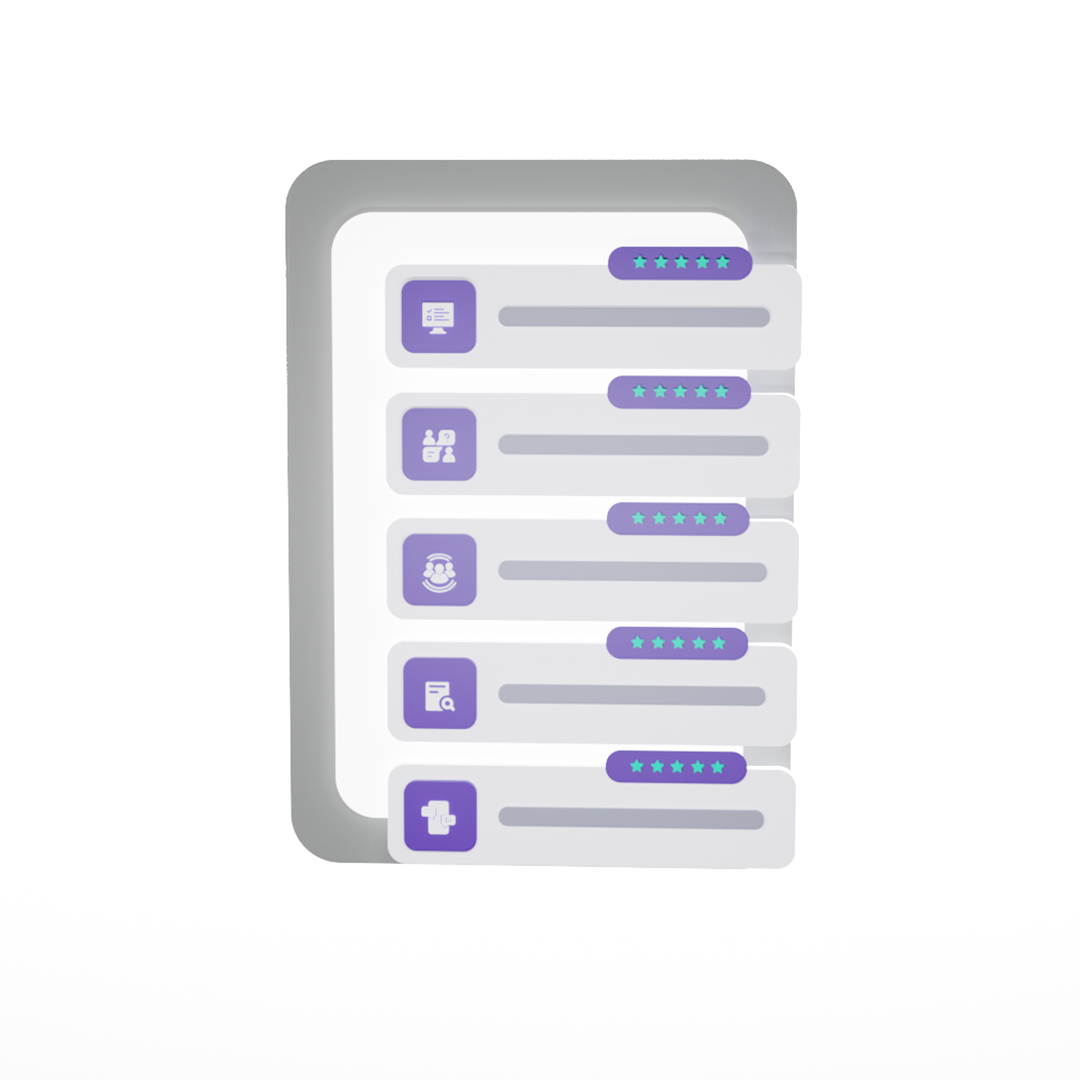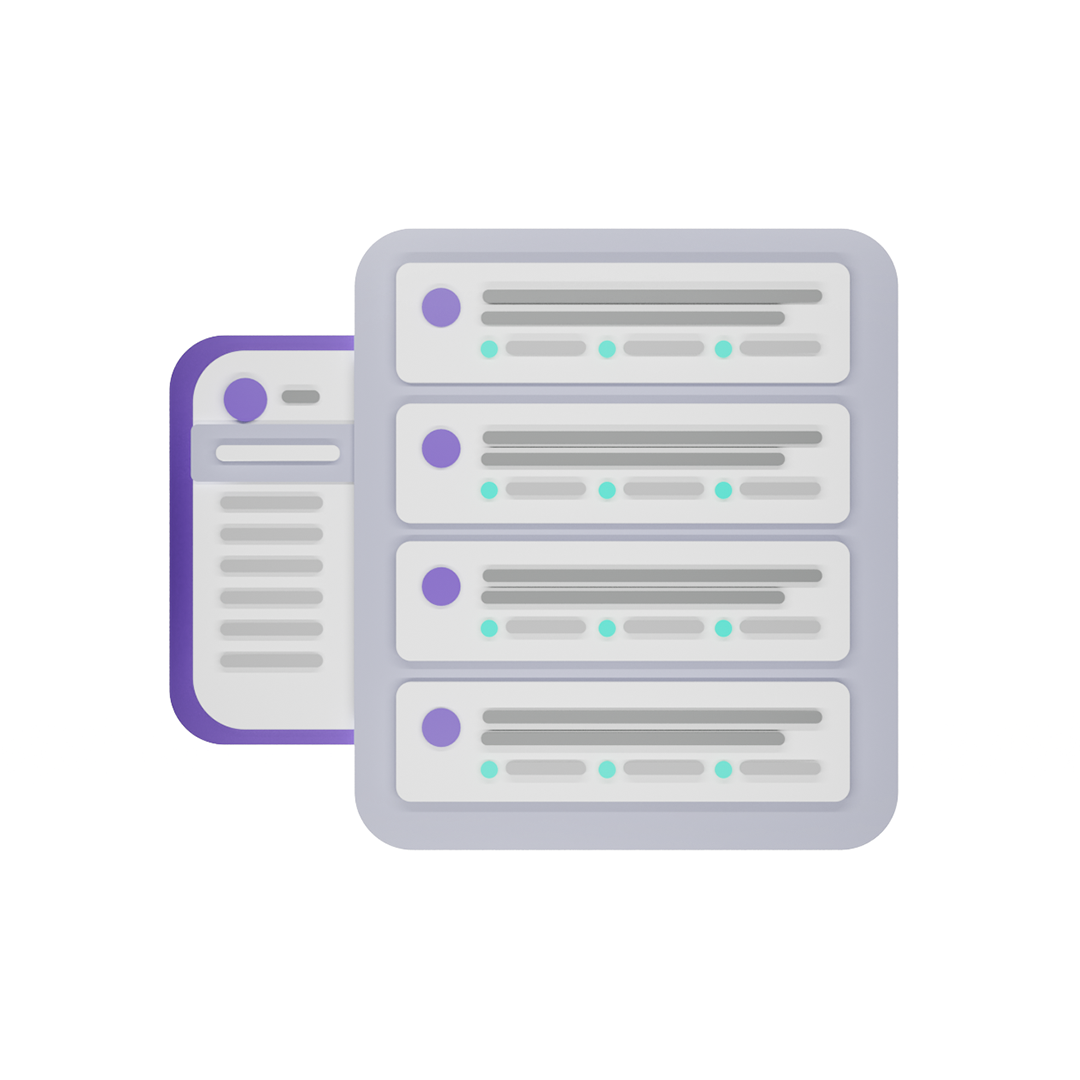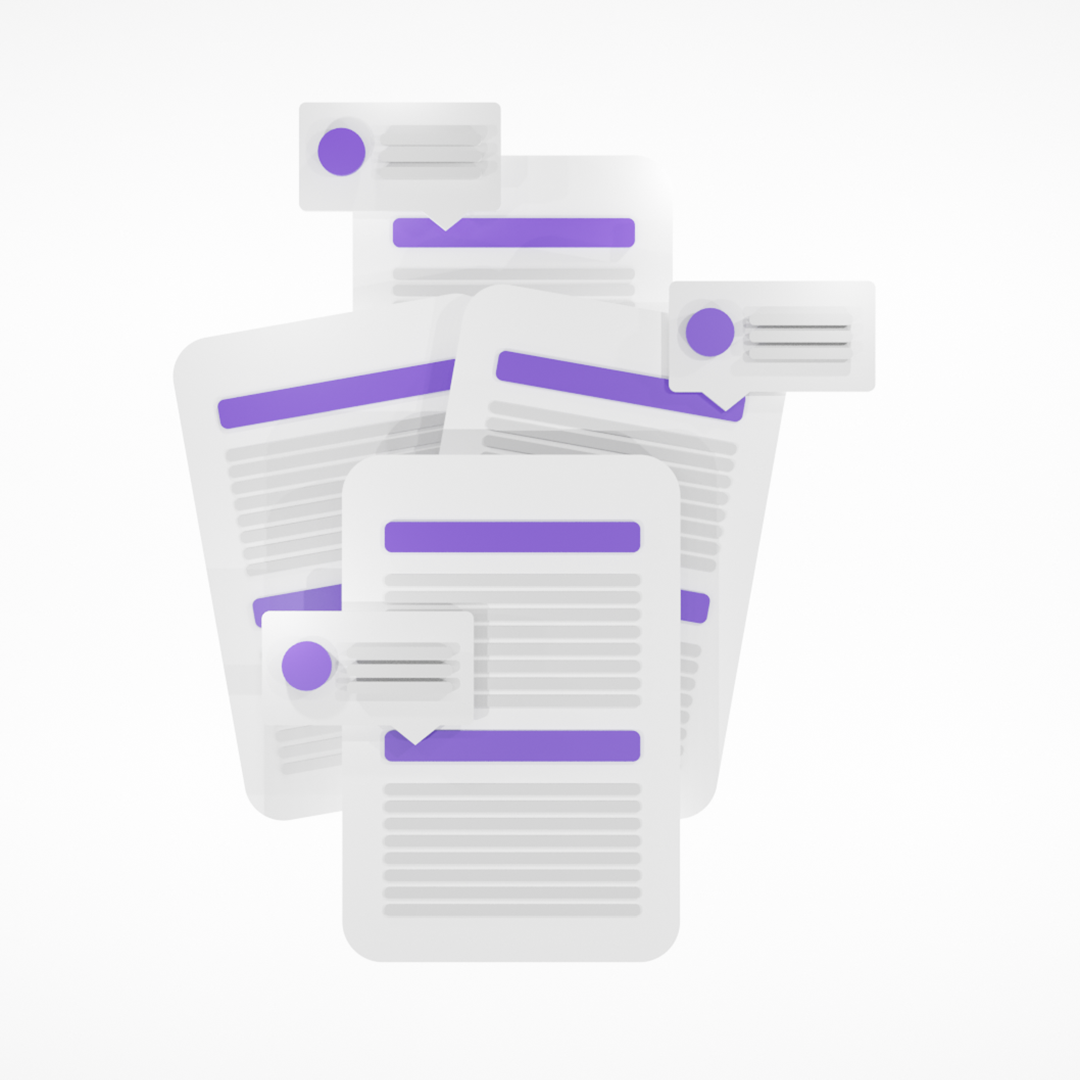The concepts of authenticity and reliability of survey data are used to assess research quality. The degree to which the research results can be replicated when repeated under the same conditions is referred to as reliability. Similarly, the extent to which the findings of a study measure what the study was designed to measure is referred to as authenticity.
Let us begin by acknowledging that assessing people’s attitudes, thoughts, and feelings is not always simple. People are complicated and you want them to be honest in their responses. They may not always want to say what they truly believe or may be unable to accurately report what they believe. Nonetheless, behavioral scientists maintain that surveys, experiments, and observations remain reliable methods for discovering why people do what they do.
Survey data authenticity and reliability are two concepts at the heart of good research methods. Investigating these ideas can be tricky. Understanding both, however, is critical for those who conduct and consume research. As a result, we detail both constructs in this article.
What is survey data authenticity?
The authenticity of a claim, conclusion, or decision refers to how reasonable, accurate, and justifiable it is. Authenticity in the context of survey research is the answer to the question, “Does this research show what it claims to show?” Employees, for example, may be asked if promotion procedures are “fair.” Their responses may reflect their satisfaction with the outcomes, such as whether or not they were promoted.
What is survey data reliability?
Everyone understands what it means for something to be reliable. Reliable things are credible and consistent. The same thing is meant by survey data reliability. Researchers want to know whether the metrics they employ produce consistent and dependable results when assessing reliability.

Reliability necessitates the use of standardized data collection instruments and survey procedures designed to improve consistency. Relevant information necessitates careful planning to ensure that it is clearly related to audit objectives and is gathered from qualified respondents. To obtain complete and accurate information, well-planned data-gathering instruments and survey administration procedures are required.
Error in survey data
Survey data errors can lead to poor reliability and validity. Errors, inaccuracies, or missing information, can occur at various stages of data collection, repairs, analysis, and reporting. Data can be recorded incorrectly during collection. In a structured interviewing situation, for example, interviewers may inaccurately record information provided by a respondent.
We are available to help you get authentic and reliable data in Africa. Contact us today!
Inadequate data maintenance procedures, such as those used on computer information systems, can result in data loss or alteration. Data from client survey forms, for example, can be entered incorrectly into computer information systems. Data processing and reporting can introduce errors, for example, by incorrectly transferring data from computerized databases into analyzable or reportable forms.
Bias resulting from error
No survey data is completely error-free. However, for survey results to be reliable and authentic, they must be free of significant errors. When an error is of such a nature or magnitude that it affects audit conclusions, it is considered significant. Bias, in particular, raises the possibility of significant error.
Bias is defined as an error caused by a systematic source. It is likely to lead to incorrect conclusions because it is systematic. For example, when surveying small businesses that have received federal contributions or grants, those that have failed may be more difficult to reach than those that have succeeded. Because the sample would have a lower proportion of failed businesses than is the case, the success of the contributions and business satisfaction with them may be overestimated.
When data is not available from some of the population members sampled in surveys, this is a significant source of potential bias. As a result, the survey must adopt measures to reduce, compensate for, and estimate the impact of non-response.
When data is not available from some of the population members sampled in surveys, this is a significant source of potential bias. As a result, the survey must adopt measures to reduce, compensate for, and estimate the impact of non-response.
3 quick steps to ensure the authenticity and reliability of survey data
When assessing research, judgments of reliability and authenticity are frequently based on a combination of information provided by the research team and critical analysis by the consumer. As a result, the following keys contribute to a more reliable and authentic dataset;
– Expert data cleaning
A sure way to validate survey data sets is to quality-check them and have experts clean them. This is done by detecting and correcting corrupt or inaccurate databases.
We are available to help you get authentic and reliable data in Africa. Contact us today!
Most people agree that when it comes to data, your insights and analysis are only as good as the data you use. In essence, garbage data in equals garbage analysis out. Data cleaning, also known as data cleansing and data scrubbing, is a critical step for your business if you want to foster a culture of quality data decision-making. This emphasizes the value of having experts handle and clean your datasets.
– Screener questions
Screening questions, also referred to as “screeners” either qualify or disqualify respondents from participating in your survey based on their responses. They let you choose who takes your survey based on whom you want to hear from.
By filtering respondents, a survey creator can target questions to a specific audience with screening questions. Respondents see your screening question first, and then those who select a threshold answer as you deem appropriate are qualified to answer the remaining questions in your survey.
With this key, you can be certain that all of your respondents constitute the population required to conduct the survey. It weeds out unwanted responses for you and speeds up the data-cleaning process. Screener questions could be demography-based (Gender, Age-grade, Income level, etc.) or dependent on whether they know/use a particular product.
– Location confirmation for respondents
Surveying in Africa can prove to be a herculean task. As a result, you’ll want to ensure that your responses come from people in the geographical location(s) you specified.
Depending on the survey’s dynamics, you may need responses from either rural or urban audiences. If necessary, you may also require responses from both areas.
Confirming the respondents’ locations is just as important as the respondents themselves. It may be simple to ensure this when conducting offline surveys. However, in order to ensure the same in online surveys, you must confirm respondents’ IP addresses. This allows you to filter your responses to your desired locations.
This also buttresses the importance of having industry experts handle your survey.
Conclusion
Before selecting a survey tool, consider its reliability and authenticity. Survey reliability and authenticity are required to ensure a survey instrument’s integrity and quality, draw accurate conclusions from survey data, and support effective strategic decision-making.

Email us at info@survey54.com to learn more about how to obtain authentic and reliable survey data in Africa.










